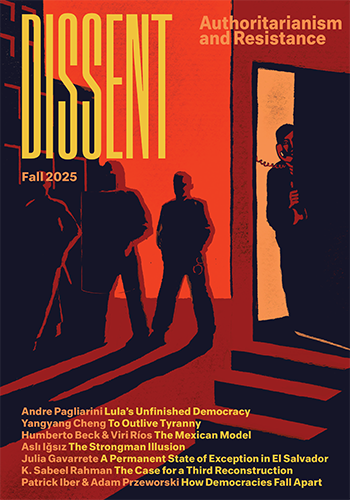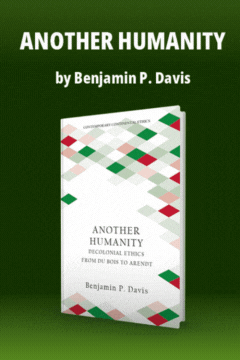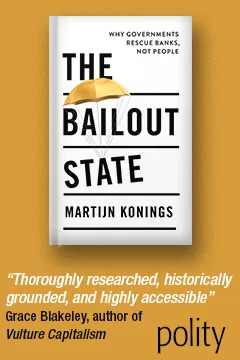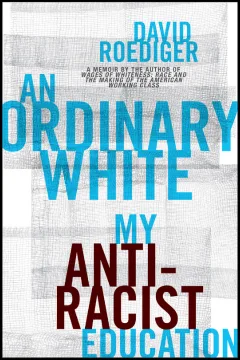Letter from Jerusalem: Collateral Damage
Letter from Jerusalem: Collateral Damage
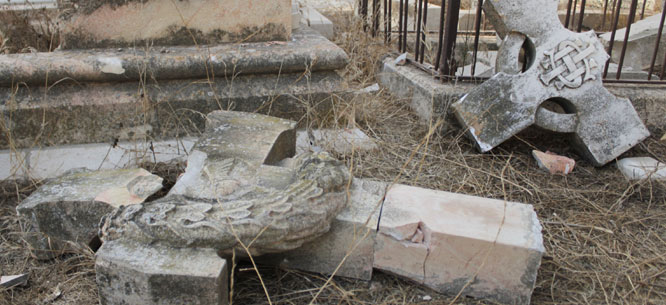
Asked to write about Israeli matters for Dissent, I thought I would open with a measured evaluation of the peace process and why its current lackluster phase may prove more meaningful than most people believe. Instead, I find myself writing about an event of seemingly minor importance. Last Friday, around fifty people climbed up Mount Zion to protest the desecration of the historic Protestant cemetery next to the former Gobat School (today the American Institute of Holy Land Studies). It was a quintessential Jerusalem gathering that might have left outsiders scratching their heads: the dean of the Anglican Cathedral of St. George, the provost of the Lutheran Church of the Redeemer, a Benedictine monk from the nearby German Catholic Church of the Dormition, an orthodox rabbi–Michael Melchior–with a former political career as an often lone ministerial voice for moderation and toleration, the British consul in Jerusalem, several Jewish academics from across the humanities, a few diehard lefty activists mostly approaching retirement age, and the loquacious yarmulka-wearing police officer in charge, who assured everyone that Mount Zion was the most difficult beat in the Holy City and perhaps in the world.
The Protestant cemetery has a unique place in the halting arrival of modernity in Jerusalem. Its origins lie in the Egyptian takeover of Palestine in the 1830s, which temporarily suspended 400 years of Ottoman rule. When the Egyptian reformer Muhammad Ali turned toward Europe and invited Westerners in, be they the first Protestant missionaries to the Holy Land and European Jews to whom he granted legal privileges, some from both sides saw this as a sign of the imminent arrival of the messiah himself. The Protestants, feeling the weight of the historical moment, experimented with a joint bishopric of Anglicans and Lutherans together (which, like many attempts at coexistence in this difficult city, didn’t last very long). Samuel Gobat, the most enterprising bishop of the joint bishopric in its early days, moved its center outside the city walls–thus pioneering the extension of the city into what would become the new Jerusalem–and built a school, next to which lay the Protestant cemetery. The small but energetic community of Protestants in nineteenth and early twentieth-century Jerusalem, which included many leading reformers and modernizers of the city, buried their dead here, on the peaceful hillside overlooking the steep Valley of Hinnom.
Last week four young Jewish men, aged sixteen to twenty-seven, vandalized more than twenty tombstones, many from the oldest section of the cemetery. Their targets were apparently random. Mostly they were eager to shatter stone crosses wherever they seemed large and within reach. The only newspaper report I saw called it an act of vandalism and moved on. After all, this was a minor hate crime like so many others, targeting stones not people, It had no connection to the Israeli-Palestinian conflict or to the future of Jerusalem in a possible settlement. There are more important things going on.
And yet, although the vandals knew not what they did, their act was both symbolic and meaningful. The “victims” were the graves of Christians who devoted their lives to improving living conditions for a multi-ethnic Jerusalem. Take, for instance, the desecration of the graves of the Schneller family. Ludwig Schneller was a German missionary who came to Jerusalem in 1854 to educate its Arab population. In response to the ethnic civil war in Syria and Lebanon in 1860–yes, this too sounds depressingly familiar–he built the Syrian Orphanage outside the city walls as a refuge for displaced children. It is thus poignant that the vandals attacked not only Schneller’s own grave, but also those of his two little children who were born and died in Jerusalem. In a peculiar coincidence, the distinctive “Schneller Compound”, as it is commonly known, is also under attack. Having ceased to be used as an orphanage during the Second World War, the buildings were since taken over by the Israeli Defense Forces. But its location in northwestern Jerusalem, in the middle of dense ultra-Orthodox areas, sealed its fate. In 2008 the compound was closed and is now being converted into an enclave for 600 Hasidic families. The developers promise to keep the beautiful old buildings, including their many ornate elements of Christian symbolism, intact. Yeah right.
The coincidental fates of the Schneller buildings and the Schneller graves bring me to my broader political point. The simultaneous harm to both may not be very historically significant on its own, but it is the collateral damage of a momentous process. One reads a lot about settlements and illegal outposts in the occupied territories. But nowhere is there greater damage done to the prospects of Israeli-Palestinian peace than in Jerusalem. In the past ten to fifteen years, Jerusalem’s more or less successful model of coexistence—live and let live in separate neighborhoods–has been replaced with an aggressive effort to create Jewish beachheads in the thick of Palestinian areas. Sheikh Jarrah is the most famous example of a small number of settler families forcing themselves into the middle of a dense, well-to-do Arab neighborhood, but it is far from the only one. These changes to the delicate tissue of interfaith and interethnic relations in the city have been encouraged by a string of right-wing governments. In the past few years they are led by the successful high-tech businessman-turned-mayor, Nir Barkat, who is also aggressively pro-settler. These policies stoke the fires of intolerance and ethnocentric arrogance throughout the city. Many secular and liberal Jews leave, while others resign themselves to its radicalization.
As it happens, the mayoral elections in Jerusalem are next week. The choice is between the incumbent Barkat, an efficient handler of urban matters but irresponsible political pyromaniac, and Moshe Leon, an out-of-town accountant sponsored by Avigdor Lieberman who is even further to the right. Jerusalem’s options are narrowing, with not a single viable candidate emerging from the center (forget the left!). These elections, mostly unnoticed outside Israel, are crucial to any future resolution to the Israeli-Palestinian conflict. And meanwhile, as this multi-ethnic and multi-religious city is encouraged to become violently intolerant, the increasing attacks on everything that is not Jewish–graffiti on monastery walls, burnt minarets, chiseled ancient Arab tiles, and smashed tombstones–are the collateral damage.
Dror Wahrman is a professor of history at the Hebrew University in Jerusalem and at Indiana University-Bloomington. He writes about European history as well as the history of Jerusalem and current affairs in the Middle East.
